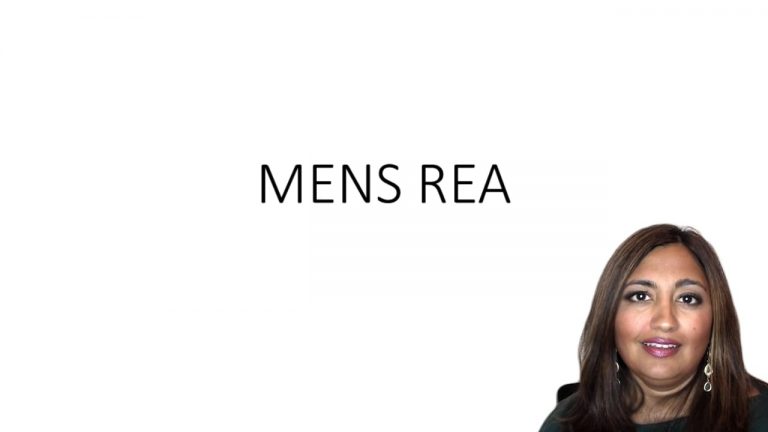SmartBrief
Confirm favorite deletion?
Criminal Law Keyed to Osler
United States v. Burkley
Citation:
513 F. 3d 1183 (10th Cir. 2008)Facts
An officer was responding to a disturbance call for an apartment complex when the officer saw the defendant turn into the apartment complex access road. He did not signal before turning onto the road, but used his turn signal while going around the curves of the road but not turning. The officer pulled of the defendant for not using his signal and then using it when he was not turning. Defendant rolled down his window, and the officer immediately noticed a strong smell of marijuana and residue on the defendant’s shirt. Defendant admitted that he did not have a driver’s license and he had been smoking marijuana earlier that night. The officer then placed the defendant under arrest.
Defendant, who was paralyzed from the waist down, informed the officers that he needed his wheelchair to exit the vehicle and that there were weapons in the car. The officers opened the backseat to get the wheelchair out and saw a .50 caliber Desert Eagle handgun and a Carbon-15 handgun. Once in the wheelchair, defendant was patted down and two baggies of marijuana, a bottle of prescription medication, and $3,000 were found on the defendant’s person. Additional search of the vehicle found two cell phones, digital scale, a vacuum sealed bags containing cash, bottles of prescription medication, and ammunition. In total 157 grams of marijuana and $242,250 were found. Defendant admitted to having the guns for his own personal protection and that the marijuana was all his for medicinal use. He said the money belonged to somebody named Broadway for booking rap groups at a venue in town. He did not know Broadway’s last name or any information about him. Jury convicted him on all three counts.
Only StudyBuddy Pro offers the complete Case Brief Anatomy*
Access the most important case brief elements for optimal case understanding.
*Case Brief Anatomy includes: Brief Prologue, Complete Case Brief, Brief Epilogue
- The Brief Prologue provides necessary case brief introductory information and includes:
Topic:
Identifies the topic of law and where this case fits within your course outline.Parties:
Identifies the cast of characters involved in the case.Procedural Posture & History:
Shares the case history with how lower courts have ruled on the matter.Case Key Terms, Acts, Doctrines, etc.:
A case specific Legal Term Dictionary.Case Doctrines, Acts, Statutes, Amendments and Treatises:
Identifies and Defines Legal Authority used in this case.
- The Case Brief is the complete case summarized and authored in the traditional Law School I.R.A.C. format. The Pro case brief includes:
Brief Facts:
A Synopsis of the Facts of the case.Rule of Law:
Identifies the Legal Principle the Court used in deciding the case.Facts:
What are the factual circumstances that gave rise to the civil or criminal case? What is the relationship of the Parties that are involved in the case.Issue(s):
Lists the Questions of Law that are raised by the Facts of the case.Holding:
Shares the Court's answer to the legal questions raised in the issue.Concurring / Dissenting Opinions:
Includes valuable concurring or dissenting opinions and their key points.Reasoning and Analysis:
Identifies the chain of argument(s) which led the judges to rule as they did.
- The Brief Prologue closes the case brief with important forward-looking discussion and includes:
Policy:
Identifies the Policy if any that has been established by the case.Court Direction:
Shares where the Court went from here for this case.
Topic Resources
Topic Outline

 15m 13s
15m 13s